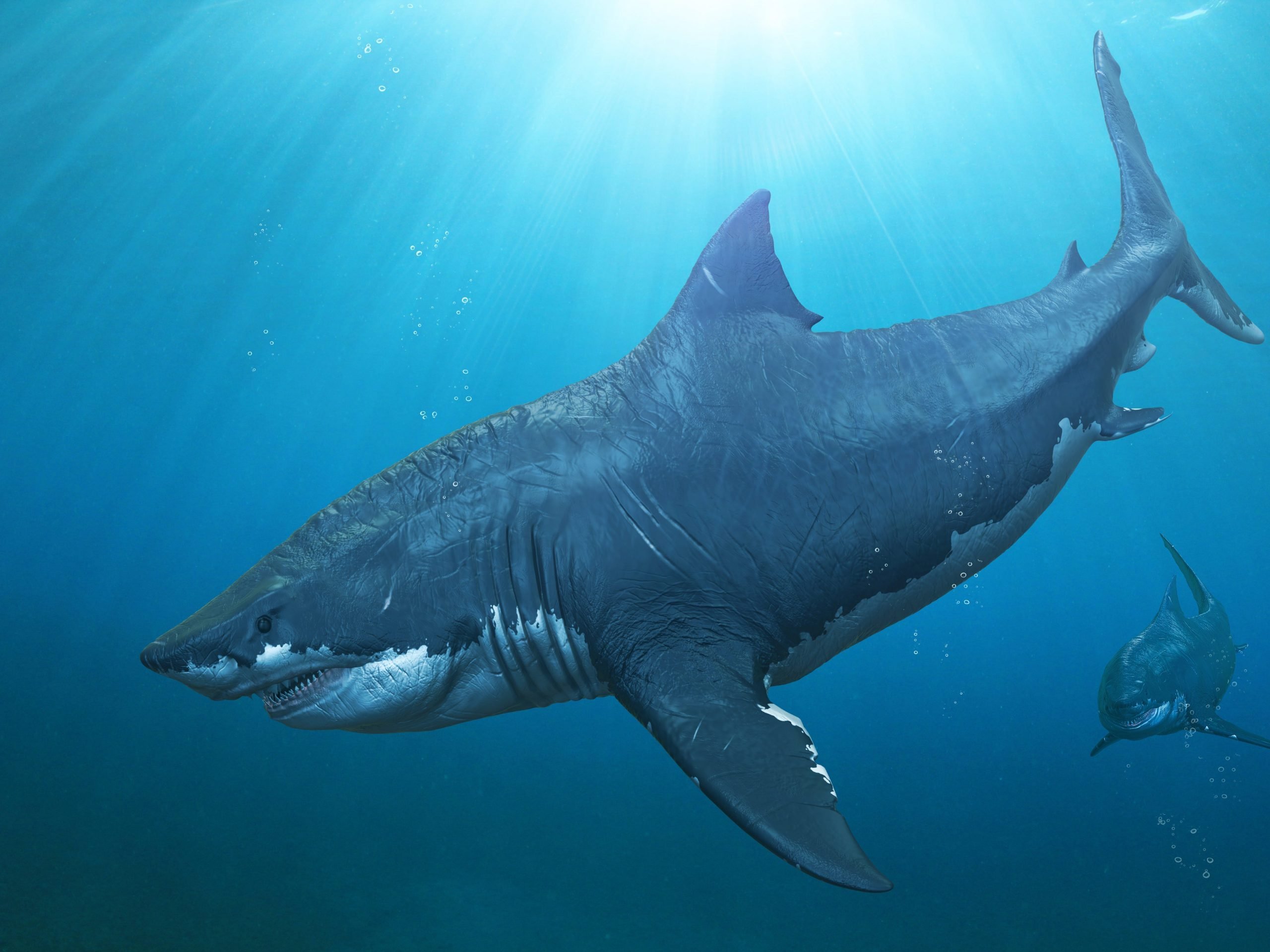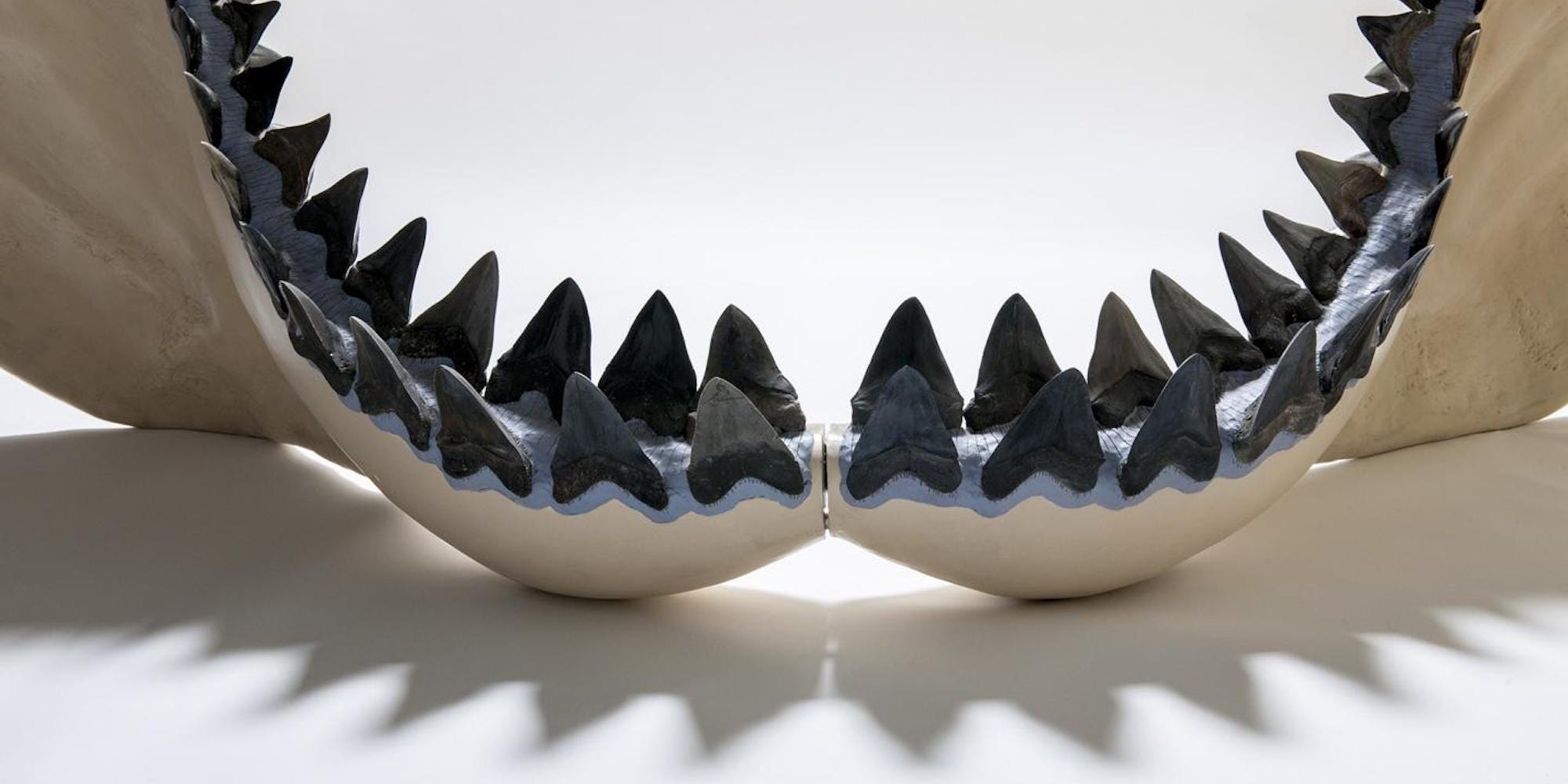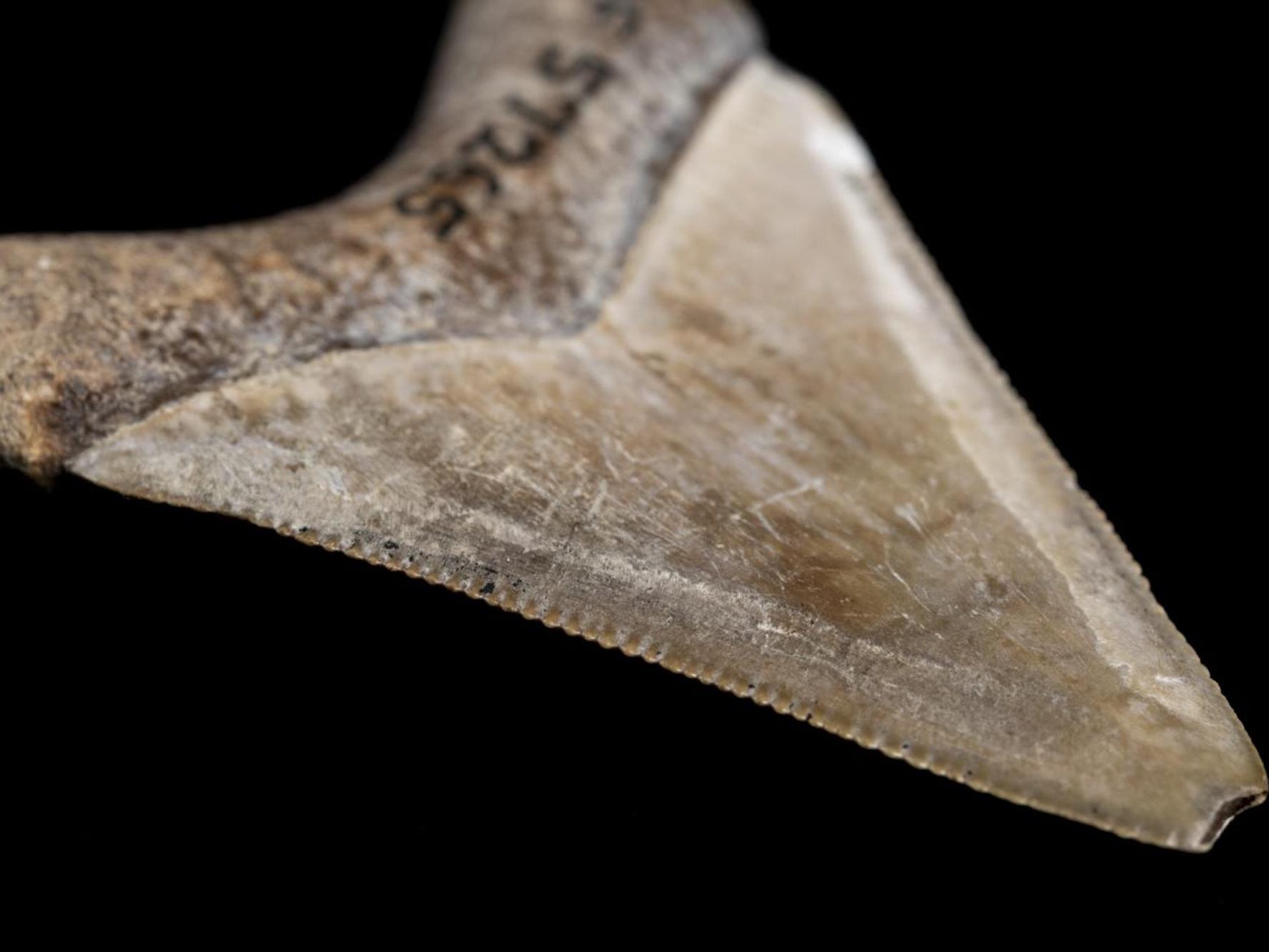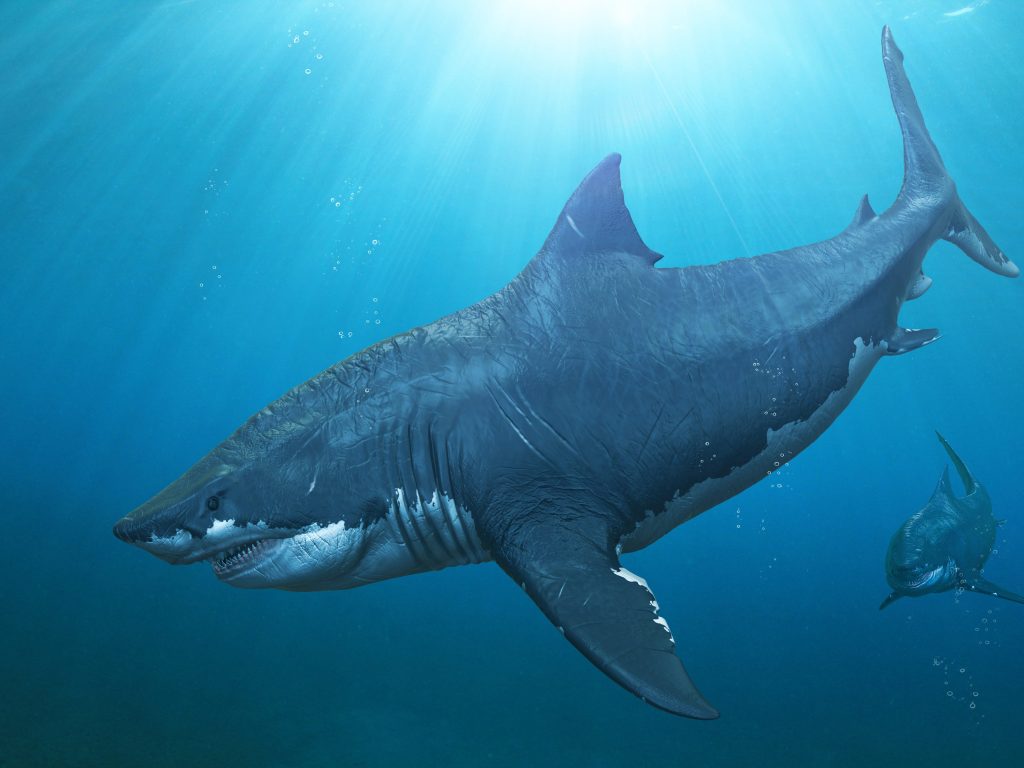
Shutterstock
- A new calculation for megalodon length suggests they were bigger than previously thought.
- Scientists designed a new formula after students on found the previous one was inaccurate.
- It led to estimates being revised up from 60ft to 65ft, four times that of a great white shark.
A high-school trip prompted a scientific discovery when students found that a long-standing calculation to determine the size of megalodons based on their teeth was not precise enough.
The finding prompted scientists to develop a new equation, which extends the average size of the prehistoric beasts to about 65 ft, an extra 10% or so on the prior estimated length of 50ft to 60ft.
That would put a megalodon at around four times the size of a great white shark, which grow to around 15ft.
This new estimate was published on June 7 in the peer-reviewed journal Palaeontologia Electronica.
The new method is better than the previous one, "which seems to have a number of problems," Dr. Catalina Pimiento, a megalodon expert from the University of Swansea who wasn't involved in the study, told Insider.

Kristen Grace/Florida Museum of Natural History
A calculation "blindly accepted" since 2002
Megalodon sharks lived about from about 23 million years ago to around 3.6 million years ago.
Like other sharks, their skeletons were primarily made up of cartilage, so scientists get relatively little physical evidence of their bodies. What is left are teeth and a few vertebrae, from which they can extrapolate other characteristics.
Since 2002, a calculation based on the height of megalodon's teeth was commonly used to determine their length.
But a field trip of high school students from California to the Florida Museum of Natural History brought down that equation.
The students were told to apply the calculation to replicas of a set of teeth of a single megalodon acquired by the museum.
Using the calculation, they came up with wildly different estimates for the length of the same shark: from about 40 to 148 feet.
"I was really surprised," then-PhD student Victor Perez, who led the study and is now an assistant curator of paleontology at the Calvert Marine Museum in Maryland said in a press release accompanying the study. "I think a lot of people had seen that study and blindly accepted the equations."

Kristen Grace/Florida Museum of Natural History
A new equation based on the width of the teeth
Working with fellow researcher Ronny Maik Leder, Perez developed a new calculation for the shark's length. This time, they used the width of the teeth to determine the size of the animal's jaw.
"I was quite surprised that indeed no one had thought of this before," Leder, now director of the Natural History Museum in Leipzig, Germany, said in a press release.
The team's method have a range of error, about 10 feet when applied to the largest individuals, Perez said.
Nevertheless, it shows that megalodon could reach larger sizes than previously thought, Pimiento said.
The new method has limitations, she said, as it still relies on knowing where the teeth go in the jaw, which could lead to errors.
